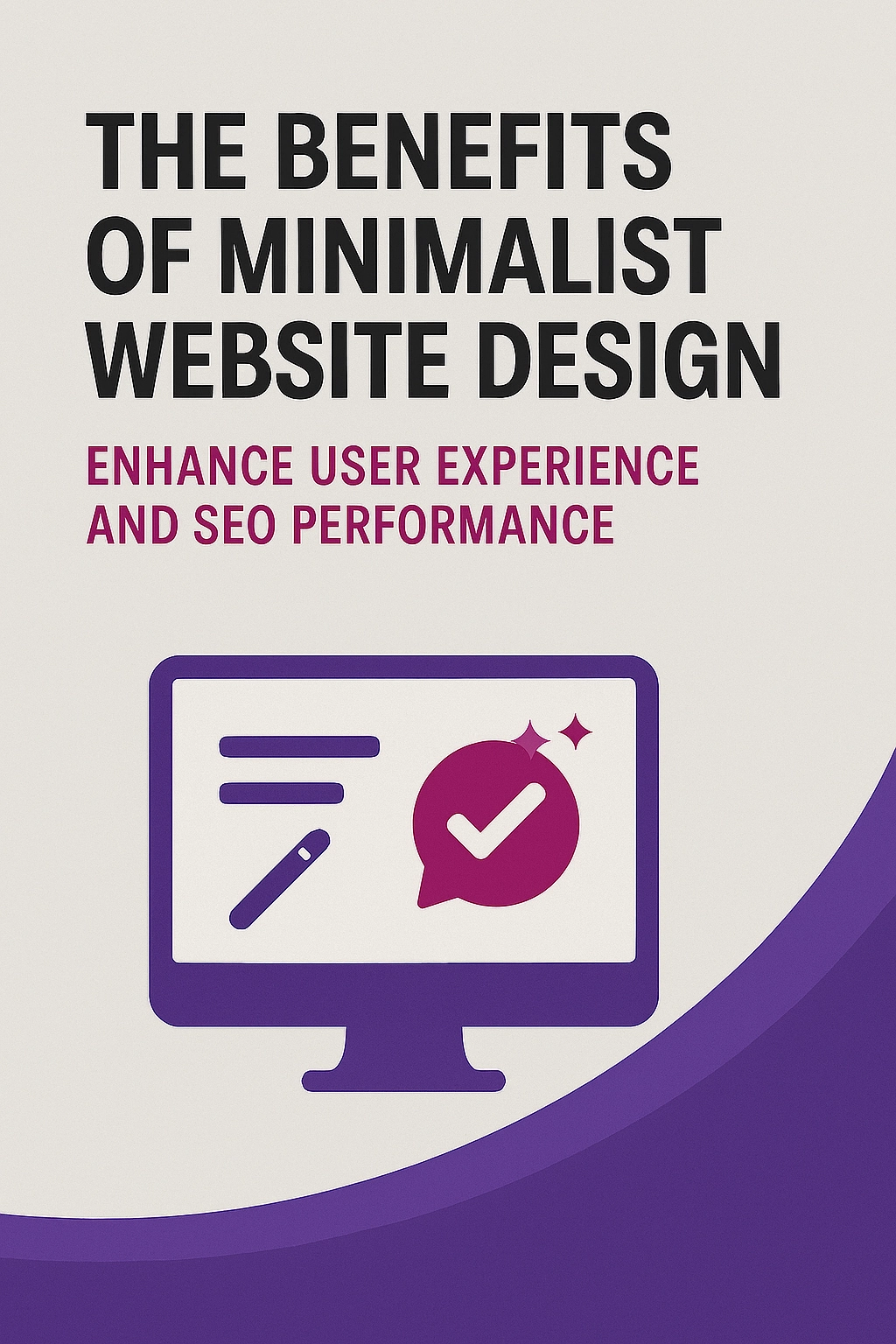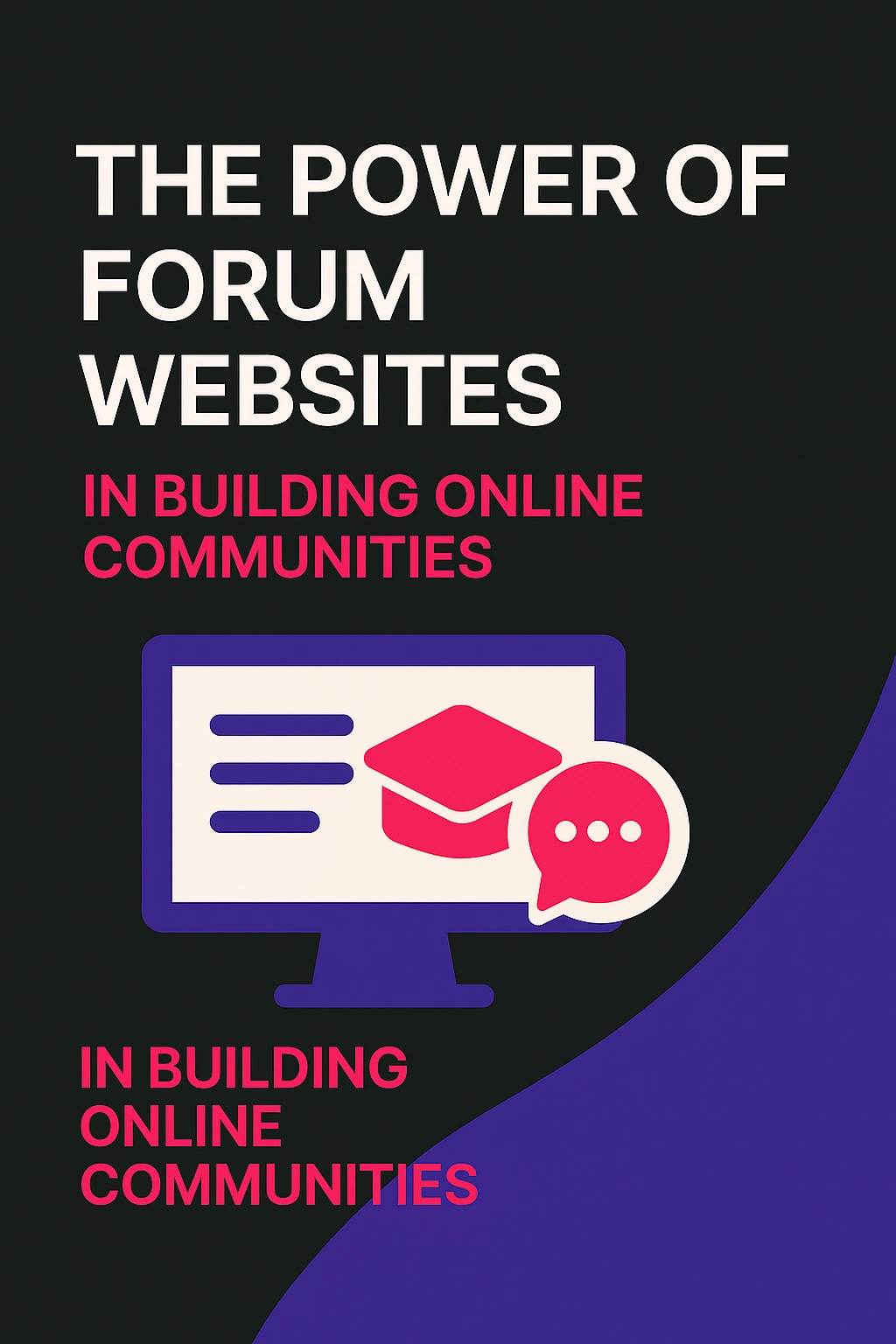
The Benefits of Minimalist Website Design: Enhance User Experience and SEO Performance
Discover how minimalist website design can enhance user experience, improve SEO performance, and help your business stand out online.
Imagine entering a website that immediately feels like a personal conversation—clear, intuitive, and designed specifically for you. When a site is built with the philosophy of putting your users first, it transforms from a mere digital presence into a powerful tool for engagement and conversion. At We Do The Web Digital Marketing Agency, we know that a user-centred approach is the secret to a successful website. In this post, we explore the essence of user-centred design, discuss its critical benefits, and share actionable strategies to ensure your website consistently delights and converts its visitors.
User-centred design is more than just an aesthetic choice; it’s a comprehensive strategy that places the needs, behaviours, and expectations of users at the core of website development. This approach acknowledges that your website visitors are seeking clarity and simplicity amid the digital clutter. By focusing on their experience, you build trust and foster deeper engagement, ultimately driving conversions.
When you prioritise putting your users first, every design decision—from layout and navigation to content and call-to-action (CTA)—is made with your audience in mind. This leads to a more intuitive experience that not only retains visitors but also encourages them to interact and take action.
To create a website that truly resonates with your audience, consider integrating the following core elements:
A user-centred website should serve as a clear, easy-to-follow map for visitors.
In an era where users demand instantaneous access, speed is crucial.
With a growing number of users accessing websites via mobile devices, a responsive design is essential.
Your content should speak directly to your audience, addressing their needs and guiding them towards action.
A truly user-centred website is accessible to everyone, regardless of any limitations they may have.
Implementing user-centred design doesn’t happen by accident; it requires deliberate planning and ongoing optimisation. Here are some strategies to help you stay focused on your users:
Regularly solicit feedback from real users to identify areas for improvement.
Keeping your website fresh and relevant is key to maintaining user engagement.
Leverage analytics to gain insights into how users interact with your website.
Embrace new technologies that can enhance the user experience.
To further refine your understanding and implementation of a user-centred website, consider exploring these valuable resources:
These resources offer practical advice, industry insights, and innovative ideas to ensure your website remains focused on the user at every stage.
Creating a website that puts your users first is the cornerstone of digital success. By designing with a focus on intuitive navigation, fast loading speeds, mobile responsiveness, clear content, and robust accessibility, you transform your website into an engaging, conversion-driven platform.
At We Do The Web Digital Marketing Agency, we specialise in crafting websites that not only look great but are designed to deliver measurable results. Whether you’re aiming to enhance user engagement, boost conversions, or simply provide a seamless online experience, our user-centred approach ensures your digital presence stands out from the competition.
Contact us today at We Do The Web Digital Marketing Agency to transform your website into a powerful asset that truly puts your users first.

Discover how minimalist website design can enhance user experience, improve SEO performance, and help your business stand out online.

Discover how your website can become the central hub of your marketing, blending social media, SEO, content, and email into a recipe for digital success.

Forum websites foster community, encourage knowledge sharing, and build brand authority through meaningful online discussions.
User experience is everything. We create websites that are easy to navigate, visually appealing, and optimized for conversions.
array(1) {
["code"]=>
string(9) "5pRW9uBy6"
}
Array ( )$successArray
Array ( )